What is Gold Karat?
What Does Gold Karat mean?
Every person recognises that the pureness of gold is gauged in karats, and pure gold is 24-karat. Pure gold is extremely soft, and malleable. In early times, individuals began to use this dazzling metal, forming it by hand right into jewellery. Nevertheless, for the purposes of the contemporary male, it is a little soft to put on everyday. Therefore, metallurgists started to include other steels to the gold making it harder, and also more sturdy. We call these metals alloys. Some most usual alloys are silver and also nickel.
These metals are silver coloured, not gold, and also they would most definitely alter the colour, as even more alloys are included in the gold, which lightens the colour of the gold. This is exactly how white gold was produced.
In the 1940s, during the war, when the federal government validated platinum as a strategic metal, it could not be utilized for jewellery. Consequently, some creative jewellers found white gold, heavy in white steel alloys, as an alternative for platinum. It had the advantage of being simpler to deal with than platinum.
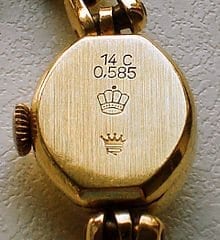 In this procedure, colour was not the purpose for adding the alloys. When you mix the metals to be 18/24, the gold (18 parts ignot, and also 6 parts alloy) it is still 75% ignot. This is called 18-karat-gold, and also it is still gold yellow in colour. It is much more durable compared to pure bullion, and could be worn on a day-to-day basis.
In this procedure, colour was not the purpose for adding the alloys. When you mix the metals to be 18/24, the gold (18 parts ignot, and also 6 parts alloy) it is still 75% ignot. This is called 18-karat-gold, and also it is still gold yellow in colour. It is much more durable compared to pure bullion, and could be worn on a day-to-day basis.
On raising the quantity of alloy to 14/24 or 14-karat, it comes to be a little over half gold, and half alloys. It is mostly yellow, yet not as yellow as 18-karat-ignot, and even much more wearable.
In America, they also alloy ignot down to 10-karat, which is 10/24 gold, or 10 components gold, and 14 components various other metals. At that phase, it is much tougher than pure bullion, however it is likewise much more vulnerable than pure gold. As bullion ages, as well as getting banged around, the everyday wear, as well as tear moods the metal, and sets it, making it more breakable, or easily broken.
As a result, the misconception that 18-karat-ignot is not as long lasting as 14-karat, or 10-karat gold should be broken. Higher karat gold is soft steel, as it could be relocated nicked or damaged more quickly. Nevertheless, including alloys to raise the solidity of the gold additionally increase the frailty, and brittleness of gold; making it more probable to split, or break, as it ages. 18-karat gold and also 14-karat bullion are an excellent equilibrium of soft qualities, and hardness.
In Europe and also Asia, individuals go with the colour, and also richness of greater karat ignot. Italian gold chain, also if made with 14-karat-gold, it is often cleaned or layered with 18-karat bullion. Several goldsmiths opt to work in 18-karat gold, since the finished item looks richer, and the way custom-made jewellery should look. It is additionally softer to work with and also much easier to shape around breakable gemstones like opal, as well as tanzanite. That is most definitely worth believing, when you are making jewellery for yourself.


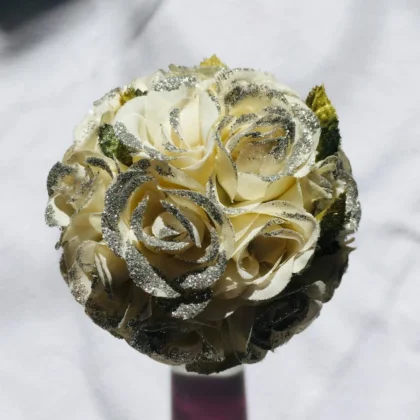

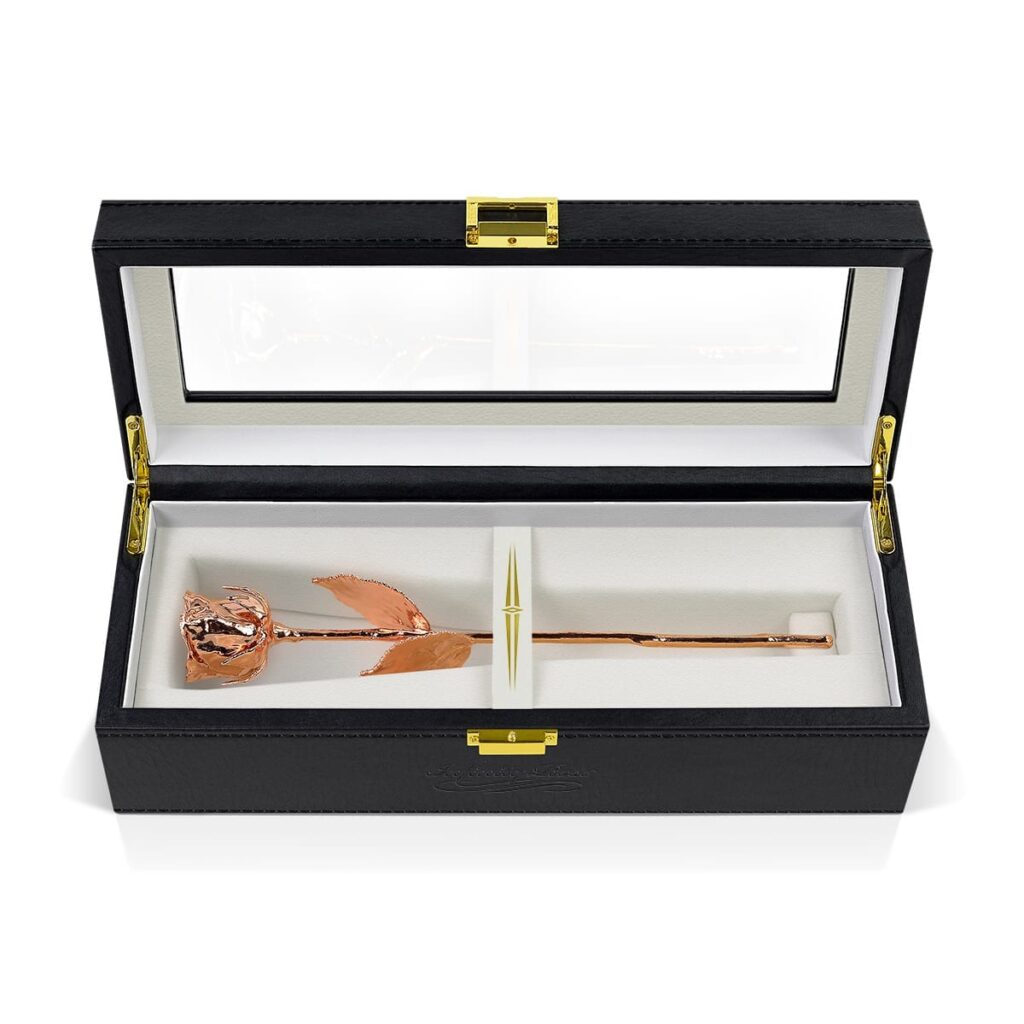
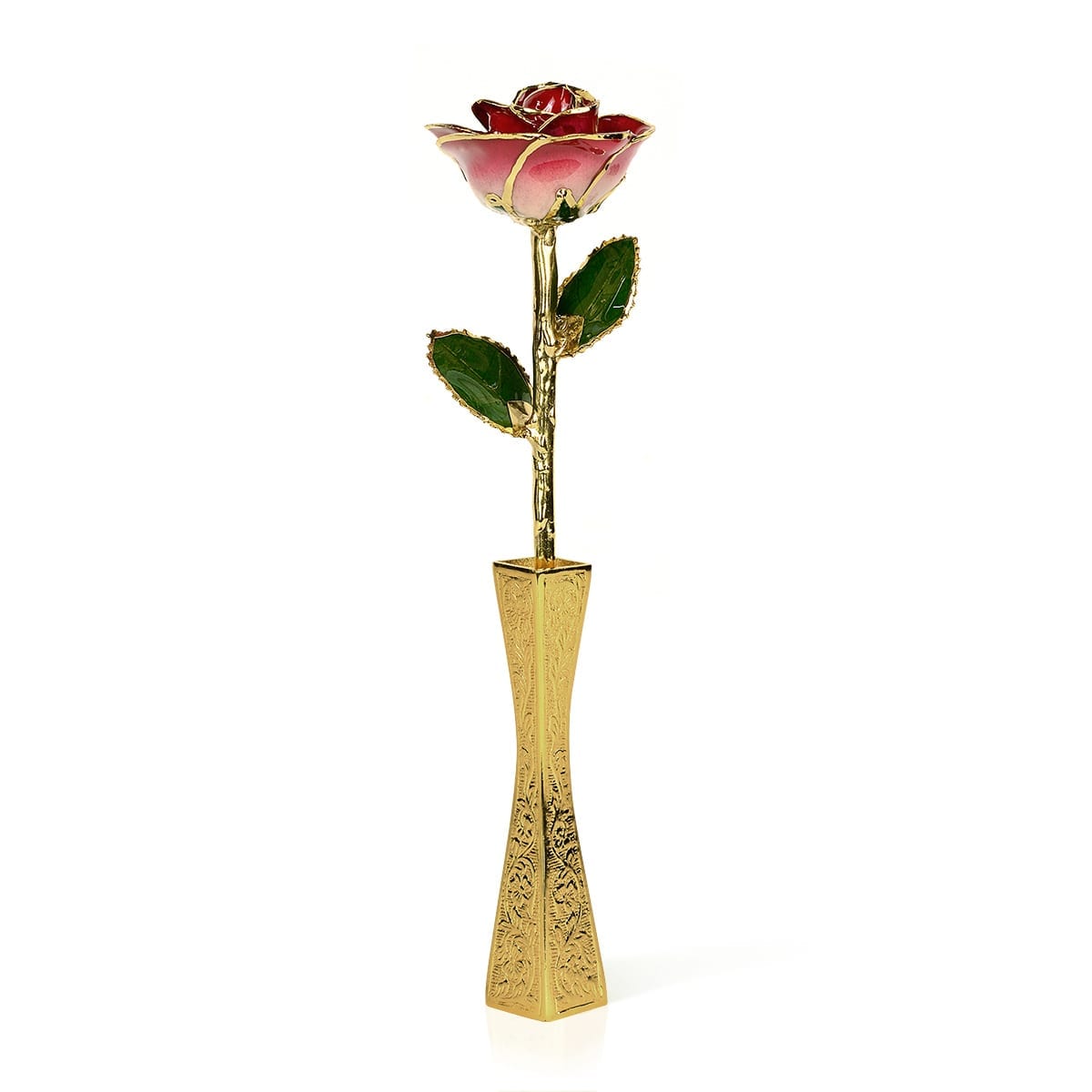
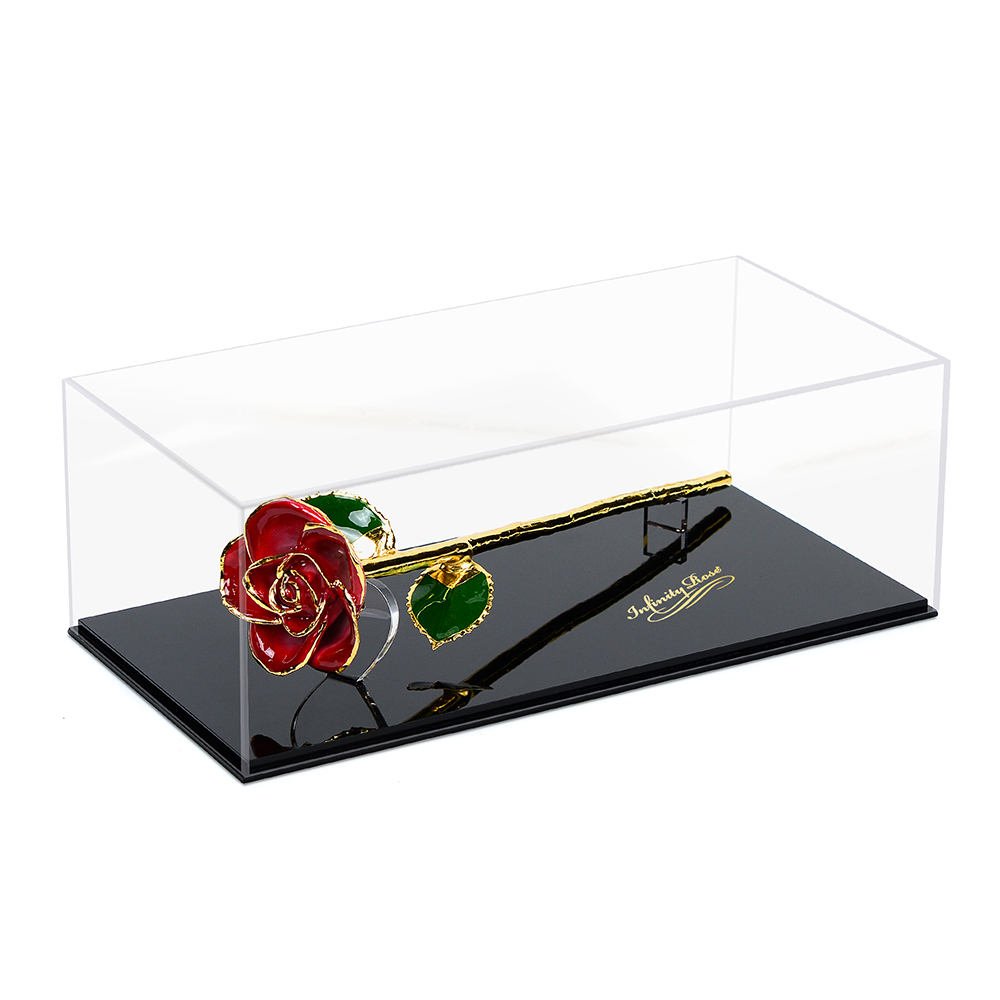
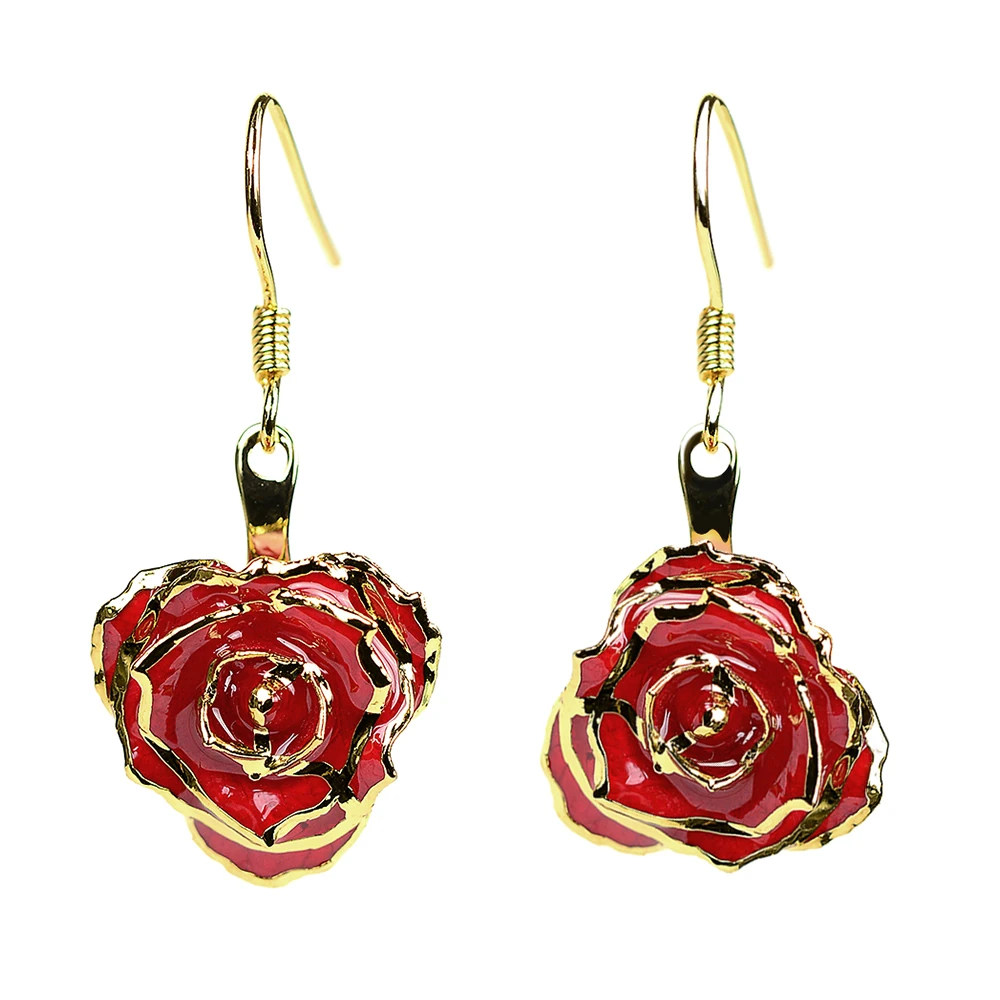
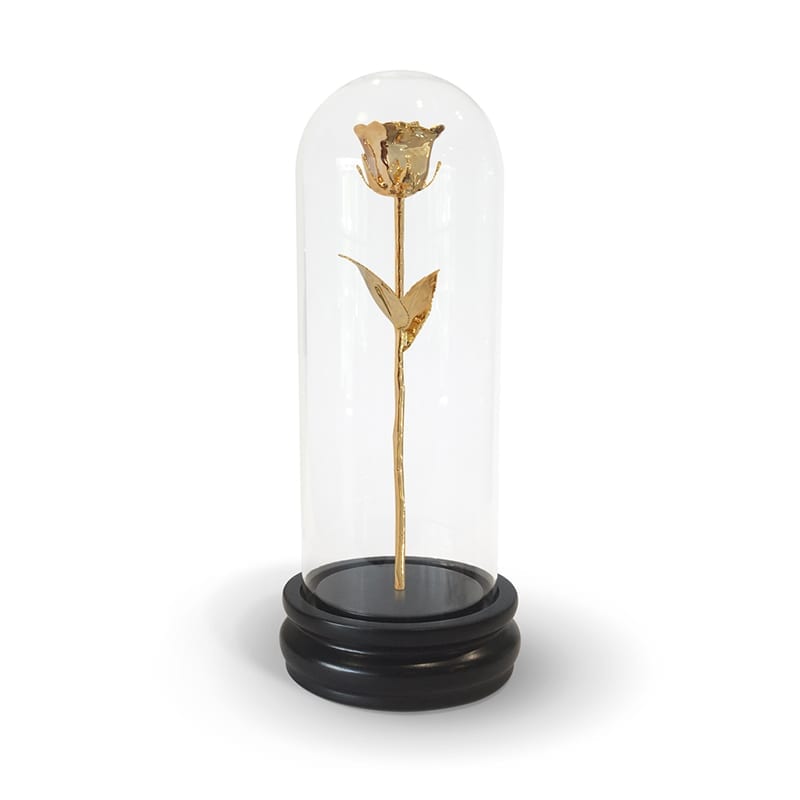




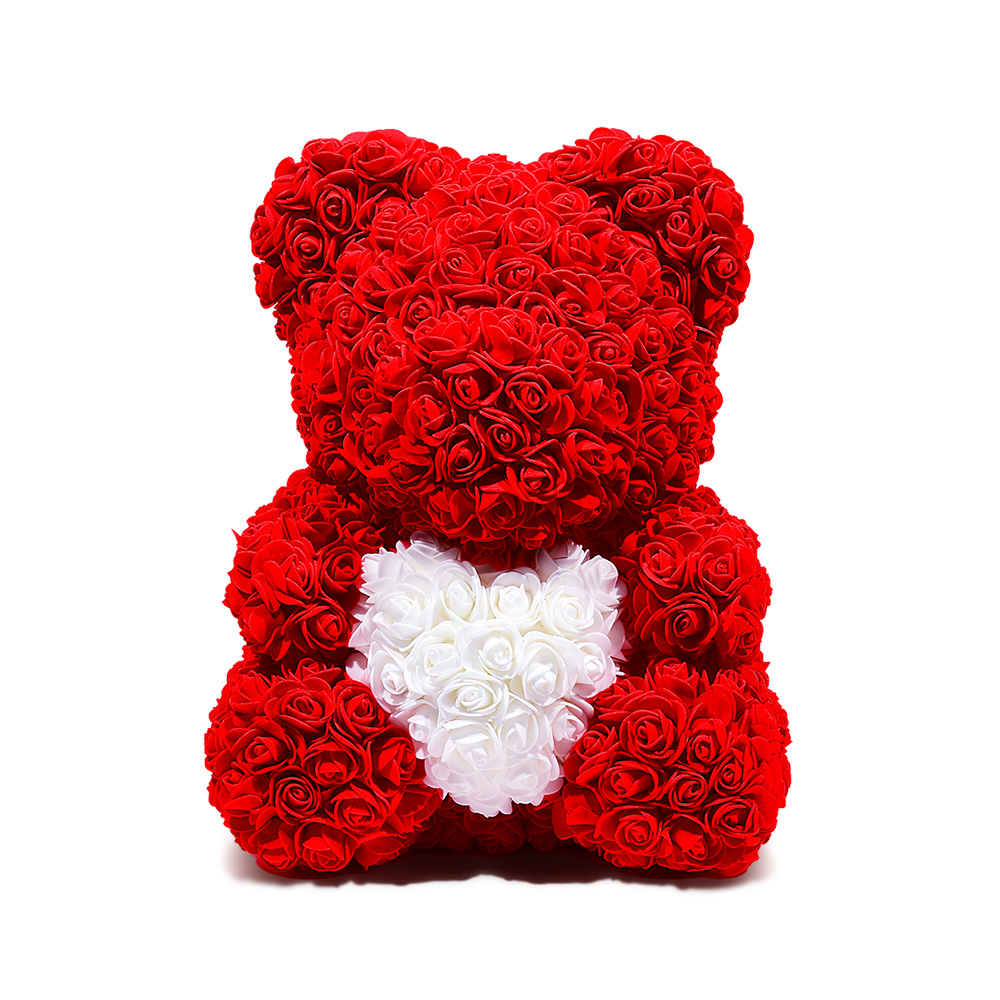
Your article helped me a lot, is there any more related content? Thanks!
Your point of view caught my eye and was very interesting. Thanks. I have a question for you. https://accounts.binance.info/register-person?ref=IXBIAFVY
Your point of view caught my eye and was very interesting. Thanks. I have a question for you. https://www.binance.info/register?ref=IHJUI7TF
Your point of view caught my eye and was very interesting. Thanks. I have a question for you.
Your point of view caught my eye and was very interesting. Thanks. I have a question for you. https://www.binance.com/en-IN/register?ref=A80YTPZ1
Thanks for sharing. I read many of your blog posts, cool, your blog is very good.
Reading your article helped me a lot and I agree with you. But I still have some doubts, can you clarify for me? I’ll keep an eye out for your answers.
Your point of view caught my eye and was very interesting. Thanks. I have a question for you. https://accounts.binance.com/ar/register-person?ref=PORL8W0Z
QQ88 mang đến nền tảng giải trí trực tuyến hiện đại, nơi người chơi có thể khám phá casino live, nổ hũ, thể thao và bắn cá trong một giao diện tối ưu. Với cam kết minh bạch và bảo mật cao, QQ88 hướng tới một trải nghiệm ổn định, uy tín và tràn đầy cảm hứng cho mọi thành viên.
QQ88 – Nhà cái trực tuyến hàng đầu châu Á, uy tín, bảo mật tuyệt đối, khuyến mãi khủng, hỗ trợ 24/7, nơi mỗi cược là cơ hội thắng lớn.
QQ88 là thương hiệu giải trí uy tín hàng đầu tại khu vực châu Á, mang đến kho game khủng như: Casino, đá gà, nổ hũ, bắn cá, cá cược thể thao,…
QQ88 casino là nơi giải trí cá cược trực tuyến hấp dẫn nhất 2025
QQ88 là nhà cáiLấy người chơi làm trung tâm trong mọi hoạt động, QQ88 không ngừng hoàn thiện và đổi mới, vừa phát huy thế mạnh sẵn có, vừa nâng cấp trải nghiệm người dùng để mang đến một sân chơi hiện đại, an toàn và thú vị bậc nhất cho cộng đồng cược thủ Việt Nam.
QQ88 là thương hiệu nhà cái uy tín hàng đầu châu Á. Cung cấp các sảnh game hấp dẫn hàng đầu đăng ký nhận ngay 88k
QQ88 là thương hiệu giải trí trực tuyến chất lượng cao đã hoạt động hơn 10 năm qua trên thị trường châu Á. Nhờ vào chất lượng dịch vụ vượt trội, chính sách bảo mật chặt chẽ và hệ thống giao dịch linh hoạt, nhà cái đã chiếm được cảm tình của đông đảo khách hàng. Đặc biệt, ngay khi đăng ký tài khoản mới hội viên sẽ nhận liền 888K và tham gia nhiều chương trình khuyến mãi đặc biệt khác!
QQ88 thưởng nạp đầu 58K,88K,188K trong tháng 10/2025. Nhà cái QQ88 – Sân chơi cá cược hấp dẫn
QQ88 nhà cái vippro top 1 việt nam
QQ88 Media nhà cái vippro top 1 việt nam
QQ88 Media nhà cái vippro top 1 việt nam
**mind vault**
mind vault is a premium cognitive support formula created for adults 45+. It’s thoughtfully designed to help maintain clear thinking